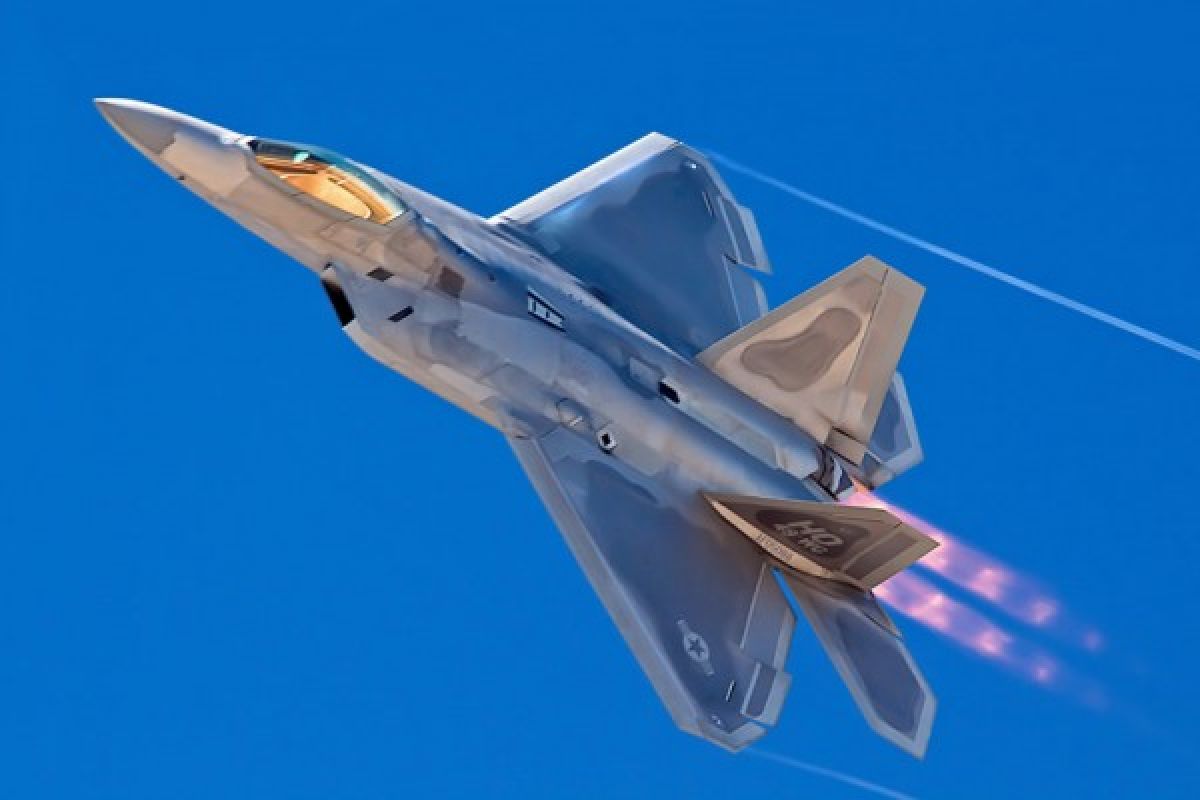The nuclear-capable U.S. fighter jets flew low over Osan Air Base near Seoul at about noon time, according to local media reports.
The F-22 stealth fighters, which made a sortie from an air base in Japan, were escorted by four South Korean F-15K fighters and four U.S. F-16 fighters.
Two of them are set to return back to the air base in Japan, while the remaining are reportedly scheduled to stay at the Osan Air Base for the time being, Xinhua reported.
F-22 fighter, which has a stealth function of escaping radar detection, is capable of carrying nuclear missiles and bombs. Its operational range reaches as far as 2,177 km. The F-22s deployed at a U.S. air base in Japan can fly to the Korean peninsula in about two hours.
The fly-over came in the wake of the DPRKs launch on Feb. 7 of a long-range rocket, which Pyongyang claimed was a peaceful space program but which Seoul and Washington denounced as a prohibited test of ballistic missile technology, followed by the fourth nuclear test on Jan. 6.
Four days after the DPRKs nuclear detonation last month, the U.S. military sent a long-range B-52 bomber, capable of delivering nuclear bombs, over South Koreas airspace from the U.S. air base in Guam.
The B-52 bomber can infiltrate at the highest altitude of 55, 000 feet, or 16.8 km, carrying 35 conventional bombs and 12 cruise missiles. It can deliver air-to-ground nuclear missiles with a range of 200 km and air-launched cruise missiles with a range of 2, 500-3,000 km.
In addition, the United States recently dispatched a nuclear-powered submarine to the Korean peninsula.
The USS John C. Stennis, a U.S. nuclear-powered aircraft carrier, will reportedly be mobilized to South Korea during this years joint annual war games between Seoul and Washington that will kick off on March 7 and run through April 30.
Editor: Priyambodo RH
Copyright © ANTARA 2016








